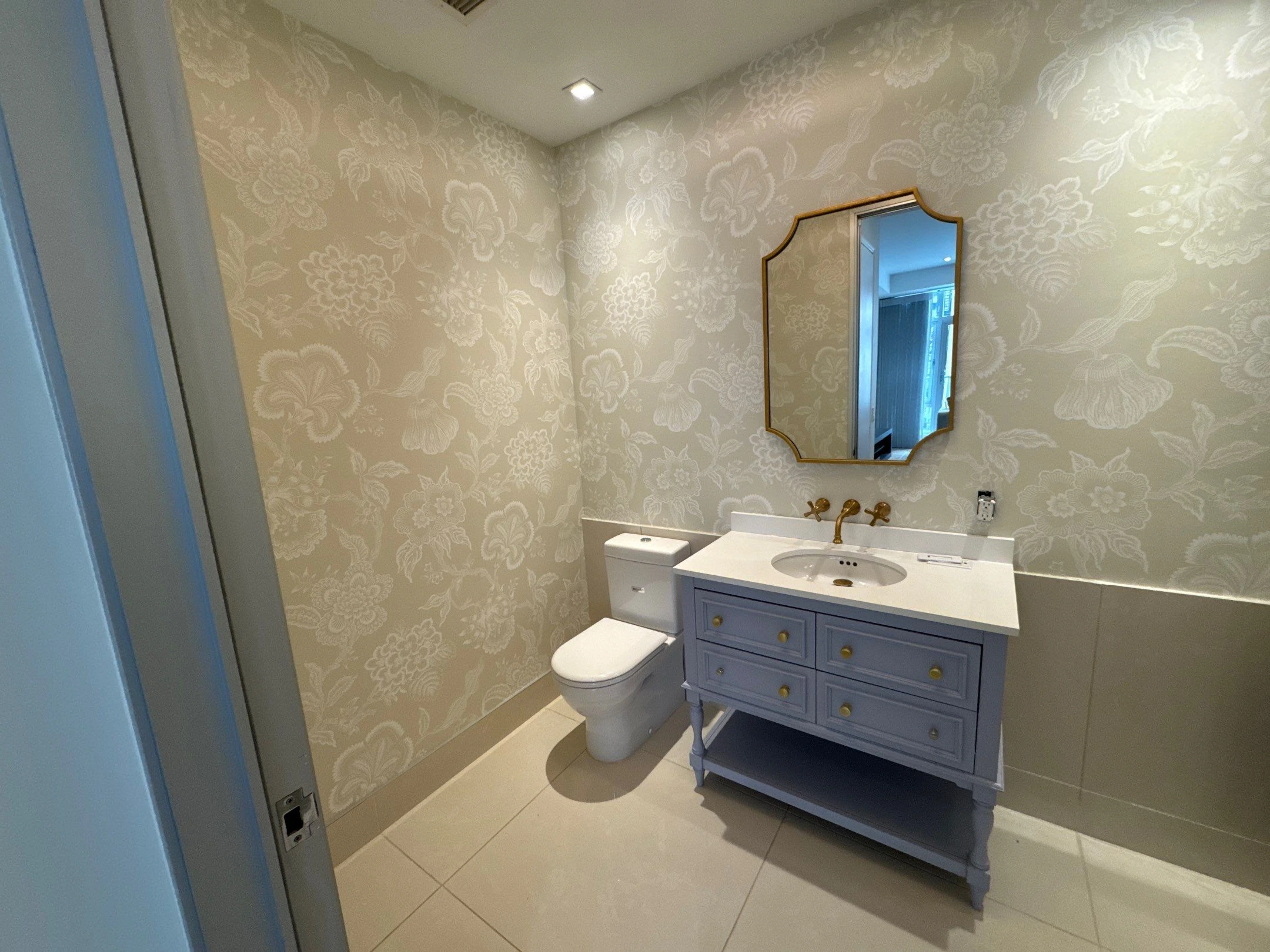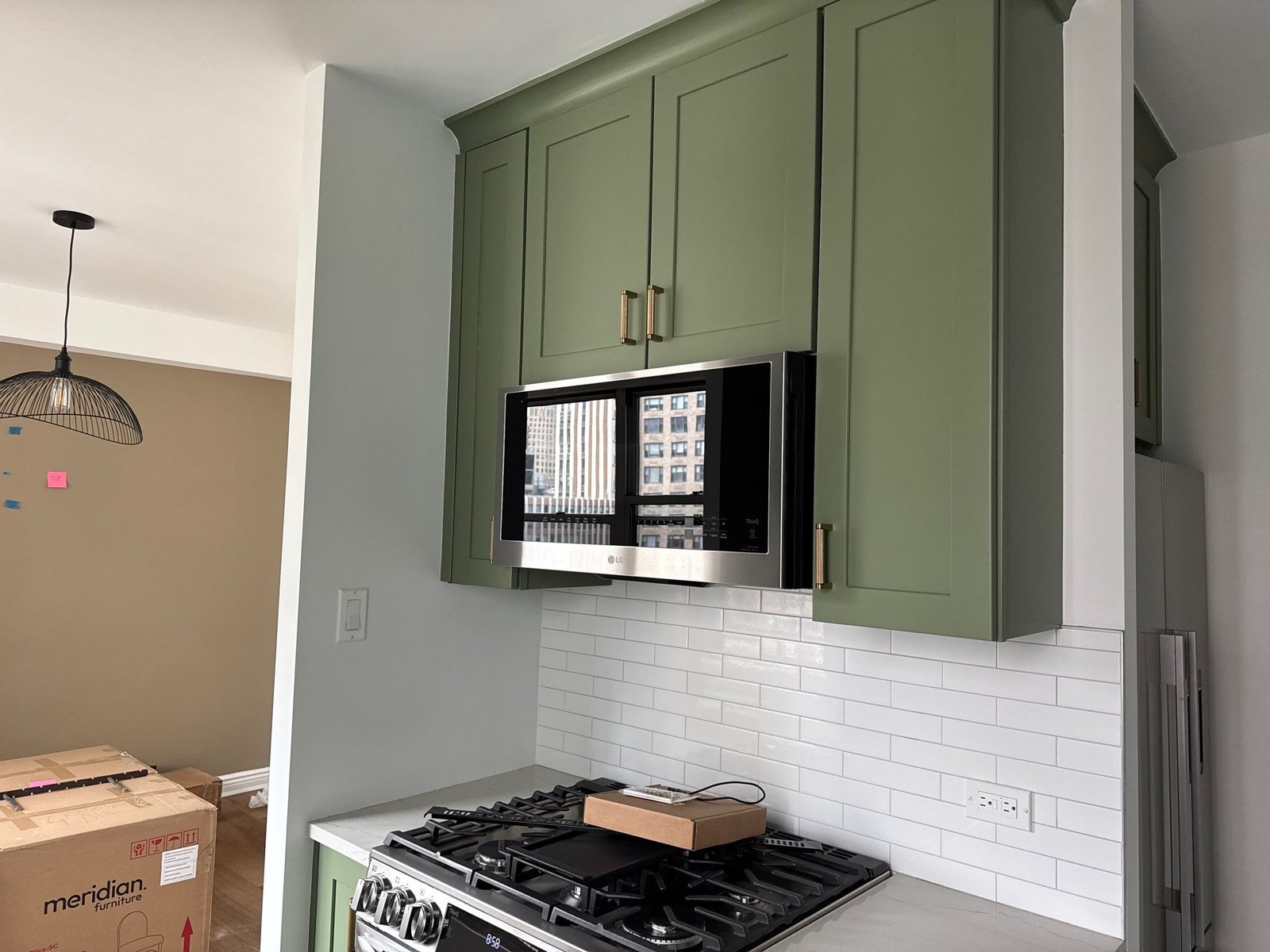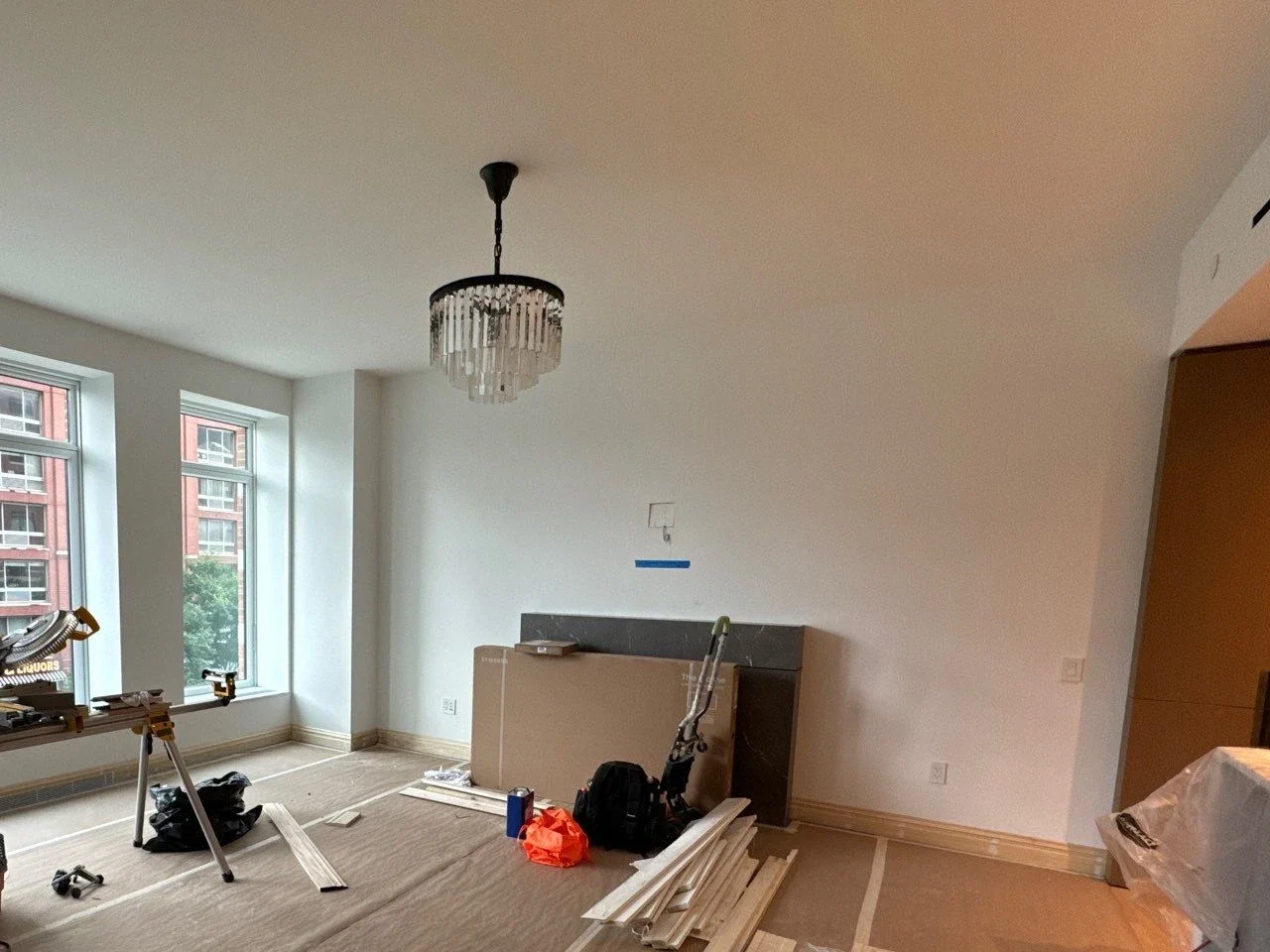Lead Paint Abatement
Lead paint in residential units was banned in 1978 due to health concerns. Lead dust, which comes from lead paint, is the most common source of lead poisoning for people and pets. Mostly children and pets suffer from it because they love to put things in their mouth or chew on painted surfaces, especially something which protrudes. Additionally, lead dust rests on counters and window sills when lead paint is deteriorating with cracks and peeling.

Lead poisoning is very serious with very serious consequences for all ages and animals. Thus, lead paint is no longer legal on interior walls in a residential unit or common area.
Having lead-based paint in a home or common area is a Class C violation and can carry a penalty of $250 per day up to $10,000. It is the building owner’s responsibility to notify the tenant, vacate the home and rectify the situation.
There are lead paint test kits for buildings constructed before 1978 and signs that old paint may be lead-based. It was popular for its quick drying, durability, appearance and resisting moisture properties.
Removing lead-based paint is best left to us professionals to assure complete eradication, including but not limited to dust containment and disposal. Interior materials may need replacement before sealing, priming and painting again. Call us if you suspect lead paint is in your residence. We’ll figure it out and recommend a course of action.
An ACT SMART blog from Paintworks & Decorating



